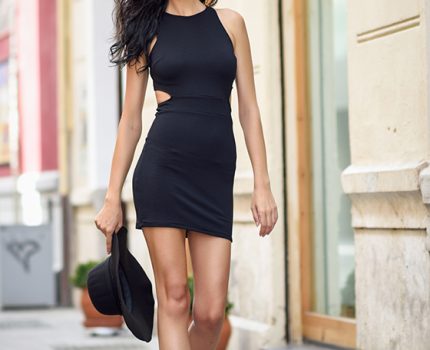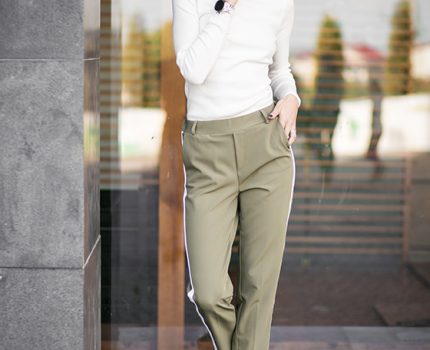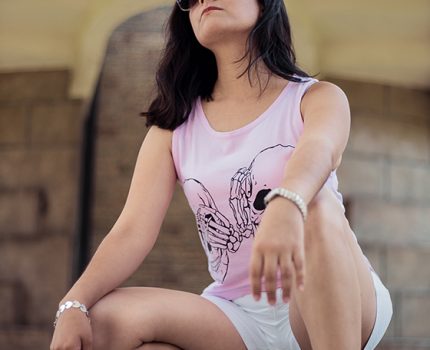The Business of Costume Design: A Lucrative Career?
Costume design is crucial in entertainment, yet its financial viability varies. While there’s growing demand due to the expanding industry, success often requires formal education, real-world experience, and strong networking. Top designers earn well, especially on high-profile projects or in major cities, but average salaries are around $57,000 annually. Diversifying into advertising, TV, and teaching can stabilize income. Investing in quality materials and staying updated with trends enhance profitability. Effective business management, including contract negotiation, is also key for a successful costume design career.















